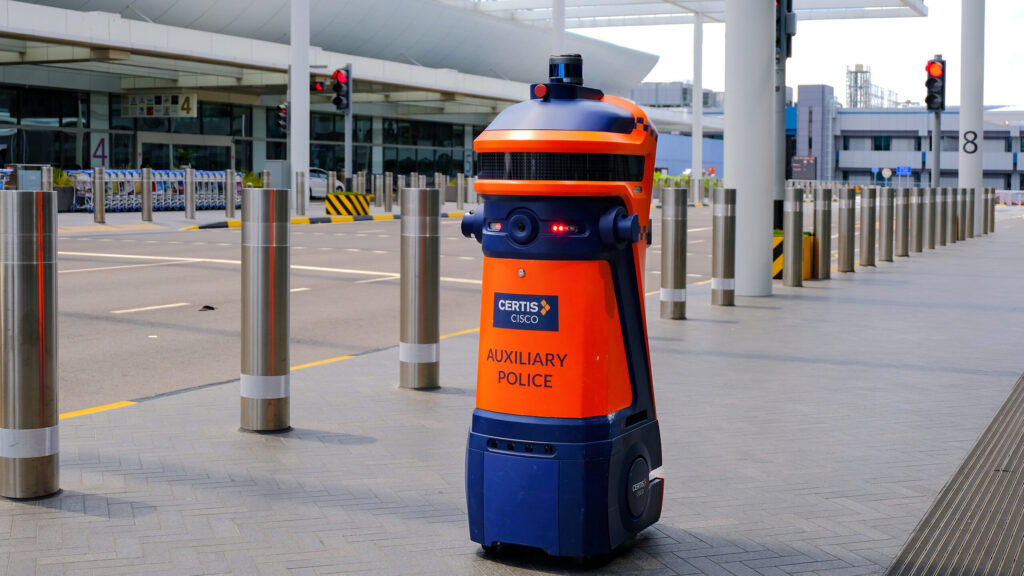Airport Robots: Automation, everyday life and the futures of urbanism
May 21, 2025
In 2014, the Singapore government launched the Smart Nation initiative, heralding a new era of digital transformation in the city-state. From the development of the Punggol digital district to the introduction of robotic policing and AI in healthcare, Singapore has embraced technology as the core in its vision for the future of cities.
In ‘Airport Robots – Automation, everyday life and the futures of urbanism’ (Artificial Intelligence and the City, 2023), Associate Professor Lin Weiqiang and Si Jie Ivin Yeo (both NUS Department of Geography) examine the effects of technology-driven changes in cities, specifically focusing on how the use of automatic cleaning robots in Singapore Changi Airport affects manual labour and what it means for airport workers, customers, and managers.
The introduction of automatic cleaning robots in Changi Airport reflects a broader trend towards technological advancement in cities. While these innovations are lauded for their potential to enhance efficiency and reduce costs, they also raise concerns about increasing job insecurity and deepening existing social inequalities. For example, the cleaning robots designed for low-wage and manual labour in Changi Airport are often given feminine names and racial attributes, perpetuating racial and gender stereotypes associated with typical low-wage airport labour.
The cleaning robots are also designed to appeal to passengers through their playful personalities, bright colours, and interactive features. As new robotic prototypes gain more sensory and interactive abilities to appear “friendlier”, they subtly change users’ expectations of what is deemed an acceptable threshold for automation. From security surveillance to transport planning, automation has insidiously taken root in cities, encroaching upon the lives of urban dwellers who readily accept such technology without much regard for its ramifications on data privacy.
Beyond their impact on workers and users, the cleaning robots can operate autonomously without human oversight due to pre-programmed algorithms. By handling routine tasks, robots can free up managers for more important tasks. At the same time, the expansion of AI and robotics may absolve governments and elites of providing services for which they are employed and paid. For instance, urban residents may find themselves depending on robots for services typically provided by city authorities such as fixing electricity and water issues. Thus, managerial roles are deceptively replaced with a culture of self-service that is reliant on machines, leading to a decline in human decision-making in favour of a city governed by algorithms.
Ultimately, while automation brings benefits of increased efficiency, its subtle yet profound impacts on jobs, social norms, governance, and daily urban life deserve careful consideration to ensure these technologies supplement rather than displace human priorities. The use of cleaning robots in Changi Airport reflects a broader trend of technology subtly shaping work operations and social norms in ways that could absolve governments of responsibility and reshape cities according to algorithmic logics if left unchecked. However, through open discussions among communities, tech experts, and policymakers, the application of robotic solutions can be guided to ensure that they support rather than supplant human-centred priorities and connections.
Read the chapter here.

